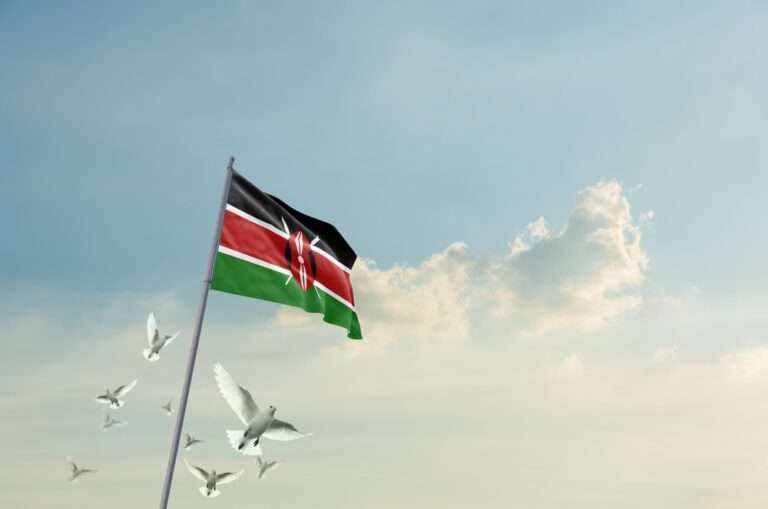
Phnom Penh, the capital of Cambodia, is a historically rich city where the majesty of its regal past meets the resiliency of its people. Walking among the city’s ancient sites will let you sense the echoes of a past that molded the country’s political and cultural scene. From the lavish Royal Palace to the iconic Silver Pagoda, Phnom Penh’s royal landmarks provide an interesting trip through Cambodia’s past that reflects both its majesty and its hardships.
The Majestic Royal Palace: A Living Legacy
The Royal Palace, an architectural wonder still occupied by Cambodia’s king, forms the center of Phnom Penh’s royal legacy. Constructed under King Norodom’s rule in 1866, the palace complex radiates grace with its gilded roofing, classic Khmer architecture, and detailed sculptures. The Throne Hall is evidence of Cambodia’s ongoing monarchy, where official events, including coronations, occur. The rising golden spire glistens with sunlight, symbolizing national pride and sovereignty.
The Royal Palace’s rich gardens and arresting pavilions—each with historical relevance—allow visitors to explore for a window into the grandeur of former celebrations; the Moonlight Pavilion, for instance, historically held royal events and official dinners. One of the most beloved places in Cambodia is the palace grounds, which let one appreciate the artistry defining Cambodian royal buildings.
CAMBODIA VISA FOR SWISS CITIZENS
The Silver Pagoda: A Spiritual Treasure
Part of the Royal Palace complex is the Silver Pagoda, a holy refuge containing some of Cambodia’s most prized religious relics. The pagoda is called Wat Preah Keo, sometimes the Temple of the Emerald Buddha. Its name is from the 5,000 silver tiles covering its floor, softly glistening in the low light. Every tile weighs a kilogram, highlighting the temple’s grandeur and holy value.
The brilliant Baccarat crystal statue known as the Emerald Buddha is the most valuable item in the Silver Pagoda. Close by, a life-sized gilded Buddha adorned with diamonds symbolizes Cambodia’s ancient rulers’ spiritual devotion and riches. Though the pagoda is grand, the atmosphere within is calm, providing guests with a time for introspection among the busy streets of Phnom Penh.
The National Museum: A Glimpse into Cambodia’s Artistic Heritage
The National Museum of Cambodia is a short stroll from the Royal Palace. It has a vast collection of Khmer art and historical objects. Constructed in traditional Khmer architecture in 1920, the museum is an architectural wonder with a terracotta-red façade and a peaceful courtyard lined with lotus ponds. Inside, Angkorian and pre-Angkorian period sculptures, ceramics, and relics chronicle Cambodia’s rich cultural legacy.
The Leper King monument is among the most famous displays; it is thought to depict either an old Khmer king or a legendary god. Intricate carvings from Angkor Wat, which provide insight into Cambodia’s artistic triumphs and the legacy of its old kingdom, are also on display in the museum gallery. Series. For those who enjoy history, the National Museum offers an understanding of the nation’s cultural development and its relationship to the royal background.
CAMBODIA VISA FOR TAJIKISTANI CITIZENS
Wat Phnom: The Birthplace of Phnom Penh
Rising atop a little hill in the middle of the city, Wat Phnom is closely connected to Phnom Penh’s birth. According to legend, Lady Penh, a wealthy widow living in the 14th century, came upon four Buddha sculptures within a tree drifting down the Mekong River. To accommodate the sculptures, she constructed a shrine on the hill; the place finally became known as Phnom Penh, or “Penh’s Hill.”
Wat Phnom is still a significant religious place where residents pray for success and good fortune. Towering trees cover the pagoda’s calm environs, providing a quiet haven from the metropolitan buzz. As guests ascend the steps to the temple, they can marvel at the finely drawn murals illustrating events from Buddhist mythology, augmenting the historical story of Phnom Penh.
Preserving Cambodia’s Royal Heritage
The royal sites of Phnom Penh are living monuments to Cambodia’s resiliency and cultural pride, not only architectural marvels. Though the city has suffered and changed, its historical sites remain reminders of its royal history. By preserving these locations, efforts guarantee that the next generations may interact with their legacy, inspired by the customs and narratives influencing Cambodia’s identity.
Investigating Phnom Penh’s royal legacy is a trip across the past into the present. Every stride over the city’s ancient monuments reveals a bit of Cambodia’s rich past, enabling guests to value its beauty, strength, and cultural diversity. A stroll through Phnom Penh’s royal legacy provides a trip through time where history and legacy mix to produce a memorable experience for those trying to grasp the soul of Cambodia.






